Table of Contents
COOKBOOKS BY DONNA KLEIN
The Mediterranean Vegan Kitchen
The PDQ (Pretty Darn Quick) Vegetarian Cookbook
Vegan Italiano
To Trevor, a gift from above,
and all the dogs at
the Montgomery County Humane Society of Maryland
in need of loving homes.
Acknowledgments
First and foremost, I thank my literary agent, Linda Konner, for her tireless efforts on behalf of my writing projects.
As always, many thanks to John Duff, and to Jeanette Egan, for her invaluable editing skills.
Loving thanks to my daughters, Emma and Sarah, who tested many of the recipes and ate them all with pleasure.
Heartfelt thanks to Mary Lee Barker, whose friendship, support, and prayers helped make this book possible.
Thank you to Don Beck, whose enthusiasm for Italian cuisine rubbed off over the years and onto these pages.
Finally, special thanks to St. Francis of Assisi, who watches over Trevor and all dogs, big and small.
Introduction
Italian Cuisine
A Delicious Brand of the Mediterranean Diet

Garlic-rubbed bread with vine-ripened tomatoes lightly drizzled with olive oil and garnished with fresh basil. A lentil soup enriched with pastina. A salad of arugula, fennel, and radicchio tossed with raisins and pine nuts. Panini sandwiches filled with grilled eggplant and roasted red bell peppers. Pizza topped with wild mushrooms and caramelized onions. Linguine coated with artichoke-marinara sauce. Pears poached in grappa. Strawberries marinated in wine. These are the staples of Italian cooking, which are increasingly appearing on dinner tables and restaurant menus everywhere as the goodness and simplicity of the Mediterranean diet continues to captivate the world.
High in fiber and low in saturated fat, Italian cuisine is a marvelous combination of vegetables, fruits, grains, legumes, fish, cheeses, and a scattering of meats, fowl, and game. Many consider it to be the most delicious brand of the Mediterranean dietnot surprisingly, pasta and pizza consistently rank among Americas favorite foods. The single most important feature that unites Italian cooking with other cuisines under the wide umbrella of the Mediterranean diet is olive oil, the primary source of fat. Not only is olive oil a heart-healthy monounsaturated fat that has been shown to lower the bad cholesterol (the LDLs) while raising the good (the HDLs), it also contains beneficial phytonutrients and antioxidants that contribute to overall good health. Yet perhaps the most significant contribution of this miracle oil to the cooking of Italy is that it enhances the flavor of its most popular fruit, the tomato (yes, tomatoes are technically a fruit), and countless vegetables, grains, and legumes, thus promoting the passionate consumption of good-for-you plant-based foodsin effect, a veritable vegan-friendly diet.
An Italian meal, of course, would not be complete without red wine. Modern science continues to establish what Italians have always knownthat moderate consumption of red wine can be beneficial to your health. Each bottle of wine contains the concentrated phytonutrients and antioxidants of approximately six hundred grapes. Put it all togetherthe olive oil, the fruits, the vegetables, the grains, the legumes, the red wine, and you have a sinfully delicious yet virtuous diet that promises a long, happy, healthy life. Come join me on a quick culinary tour of the regions of Italy, and I will show you in the following recipes how its done. Saluti (to your health)!
The Regional Cooking of Italy
PIEDMONT
A fertile area located near the French and Swiss Alps, the cooking of the Piedmont and the Valla dAosta region is strongly influenced by that of nearby France. Butter is the preferred cooking fat, yet olive oil is used to dress salads and various vegetables. While rice and polenta are eaten more frequently than pasta and other wheat dishes, the capital of Turin is the home of the thin breadsticks called grissini. The region is also known for its white truffles and chocolate desserts, and is the proud producer of world-class wines, namely Barolo, Barbaresco, and Asti, either still or sparkling (spumante).
LOMBARDY
Often called the garden of Italy, Lombardy is also the most industrialized region, with the bustling city of Milan as its capital. Rice trumps pasta, and butter, not olive oil, is the preferred cooking fat, though the latter is used in many salads, soups, and vegetable dishes. From this area comes minestrone alla Milanese , a variation of the famous Italian vegetable soup made with rice instead of pasta, risotto alla Milanese, a creamy saffron-scented rice dish, and panettone, a tall sweet bread containing raisins and candied orange peel traditionally eaten around the Christmas holidays.
TRENTINO AND THE ALTO ADIGE
This fertile region of mountains and valleys produces various grains, namely barley, corn, oats, rye, and wheat. Grapes, raspberries, and fruit trees also grow well here. Heavily influenced by German and Austro-Hungarian cuisine, cabbage, potatoes, turnips, dumplings, pancakes, and strudels are popular foods among the locals.
VENETO
Largely influenced by the capital of Venice, the most affluent city in Europe during the Middle Ages, the cuisine of the Veneto is refined and elegant. Rice and risotto dishes abound and are served with the wide variety of vegetables grown in the region, namely artichokes, asparagus, cabbage, mushrooms, onions, peas, pumpkins, tomatoes, and zucchini. The town of Treviso is famous for its radicchio rosso (red chicory), which is served raw in salads, grilled with other vegetables, or sauted in risottos. For dessert, many Venetians enjoy a sgroppino, an after-dinner drink made from vodka, Prosecco, and lemon sorbet. Grapes thrive here, and some of the best wines in Italy, namely Valpolicella, Bardolino, Amarone, and Soave, come from the district of Verona.
FRIULI AND VENEZIA GIULIA
Bordering Austria and Slovenia, this bucolic region is conducive to grape-growing and many esteemed wines, such as Ribolla, Picolit, Pignolo, and Pinot Grigio are produced here. Vegetable risottos, similar to those of the nearby Veneto, are popular, and fruitscherries, peaches, apricots, plums, figs, apples, and pearsappear in savory dishes, as well as desserts, namely strudels and sorbetti.
LIGURIA
Stretching from the French border to Tuscany, this narrow coastal region is home to the famous Italian Riviera. Its capital city, Genoa, blessed the world with pesto, a rich basil-and-pine-nut sauce that is tossed with pasta and vegetables, and stirred into soups. Genoa is also famous for its Easter fruitcake known as pandolce. Stuffed vegetables, vegetable tarts, focaccia, and sweet pizzas made with walnuts, chestnuts, and candied fruit are other regional specialties. Olive groves, vineyards, and orchards are abundant, and flowers are grown on an industrial scale.


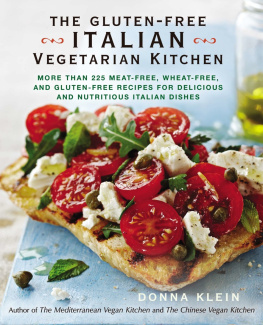
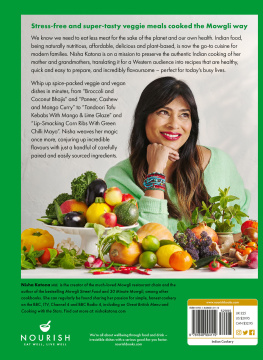
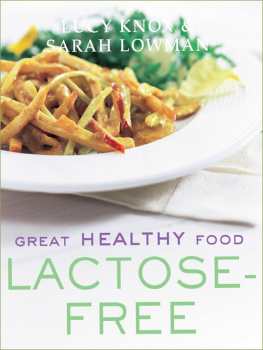
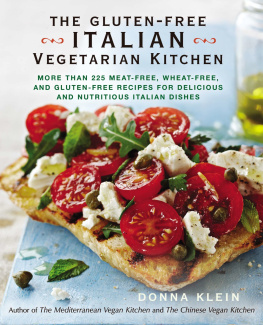
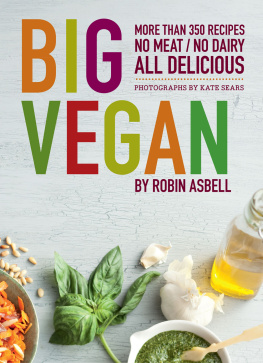


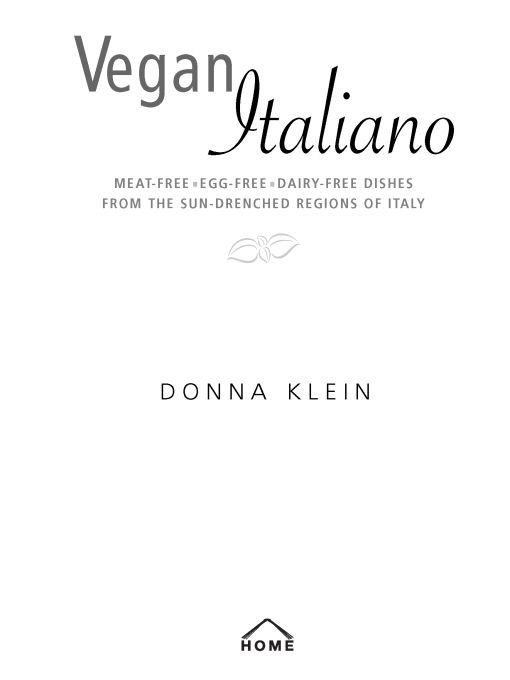
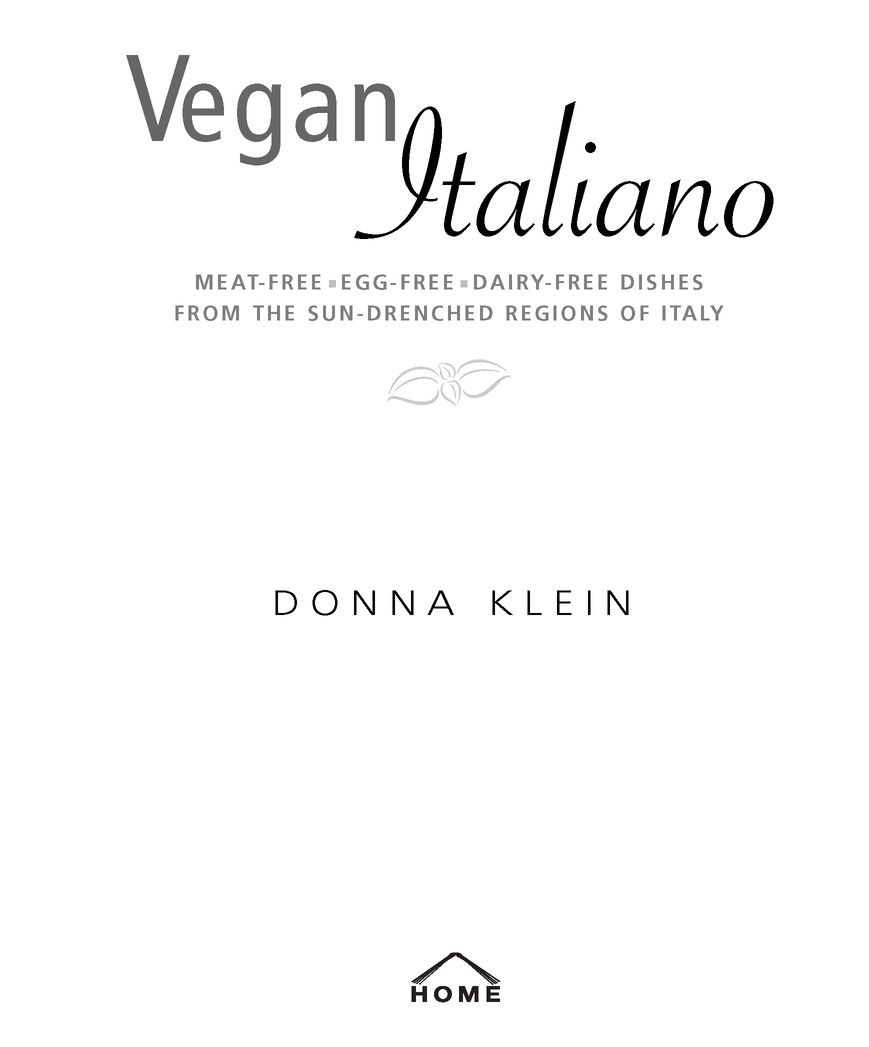

 Garlic-rubbed bread with vine-ripened tomatoes lightly drizzled with olive oil and garnished with fresh basil. A lentil soup enriched with pastina. A salad of arugula, fennel, and radicchio tossed with raisins and pine nuts. Panini sandwiches filled with grilled eggplant and roasted red bell peppers. Pizza topped with wild mushrooms and caramelized onions. Linguine coated with artichoke-marinara sauce. Pears poached in grappa. Strawberries marinated in wine. These are the staples of Italian cooking, which are increasingly appearing on dinner tables and restaurant menus everywhere as the goodness and simplicity of the Mediterranean diet continues to captivate the world.
Garlic-rubbed bread with vine-ripened tomatoes lightly drizzled with olive oil and garnished with fresh basil. A lentil soup enriched with pastina. A salad of arugula, fennel, and radicchio tossed with raisins and pine nuts. Panini sandwiches filled with grilled eggplant and roasted red bell peppers. Pizza topped with wild mushrooms and caramelized onions. Linguine coated with artichoke-marinara sauce. Pears poached in grappa. Strawberries marinated in wine. These are the staples of Italian cooking, which are increasingly appearing on dinner tables and restaurant menus everywhere as the goodness and simplicity of the Mediterranean diet continues to captivate the world.